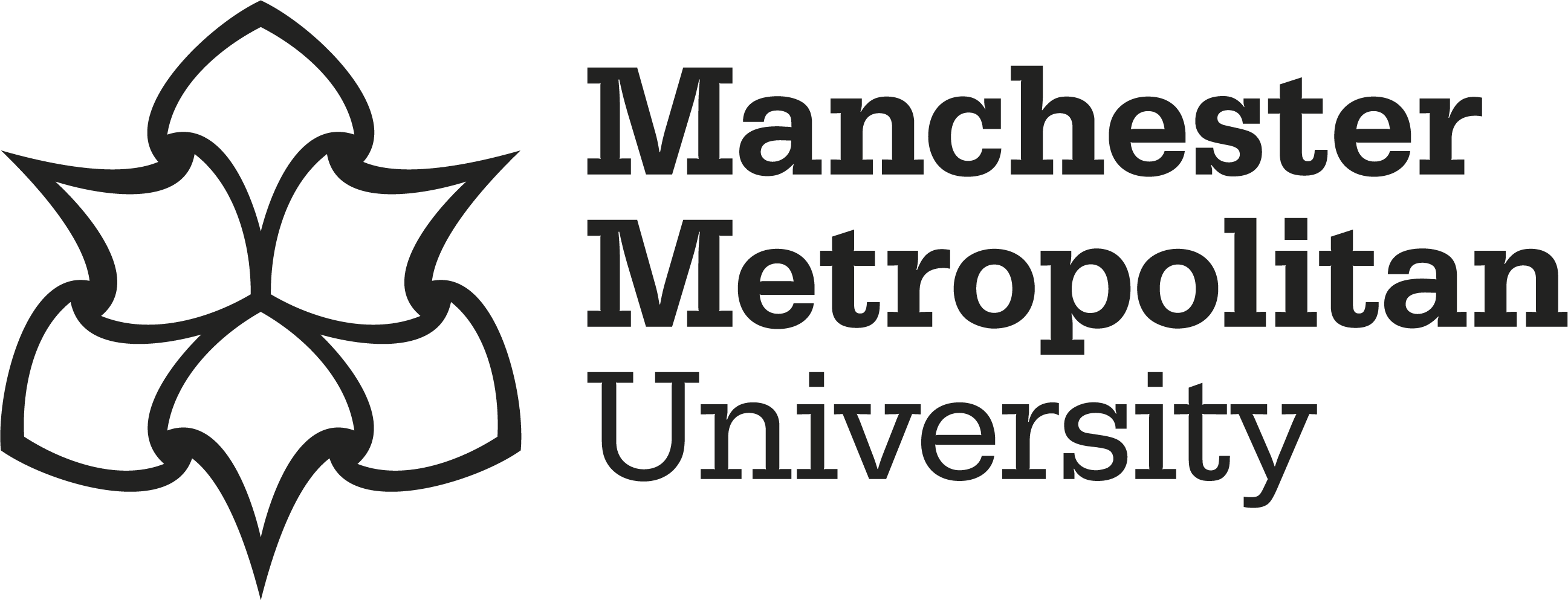Drinkwater, Kenneth 

|
Published Version
Available under License Creative Commons Attribution. Download (3MB) | Preview |
Abstract
Illusory health beliefs (IHBs) represent invalid ideations about health and potentially impact health behaviours and practices in meaningful ways. Examples include the uptake of methods with less conclusive evidence/support (e.g., complementary and alternative medicine, CAM) versus empirically validated approaches (e.g., recommended by health professionals). However, measurement obfuscation of IHB has hindered construct operationalisation. This study examined a newly developed measure (the Illusory Health Beliefs Scale) in the context of health outcomes. Specifically, we explored adherence to recommended health behaviours (e.g., lifestyle, vaccines) and trust in healthcare professionals versus CAM use. Assessments included theoretically linked constructs, comprising health locus of control, belief in science, and belief in CAM. Using a sample of 1507 (734 males, 768 females, 7 non-binary), a statistical model tested relationships across time points. Path analysis revealed that IHBs aligned with openness to orthodox treatments alongside lower confidence in conventional treatment methods. Crucially, locus of control and belief in science mediated/weakened this relationship, predicting greater adherence to health recommendations and trust in health professionals. Belief in CAM strengthened the relationship between IHBs and CAM use. The findings provide initial evidence regarding the contribution of IHBs to health outcomes, and a basis for future research to further explore the IHB-health relationship.
Impact and Reach
Statistics
Additional statistics for this dataset are available via IRStats2.


